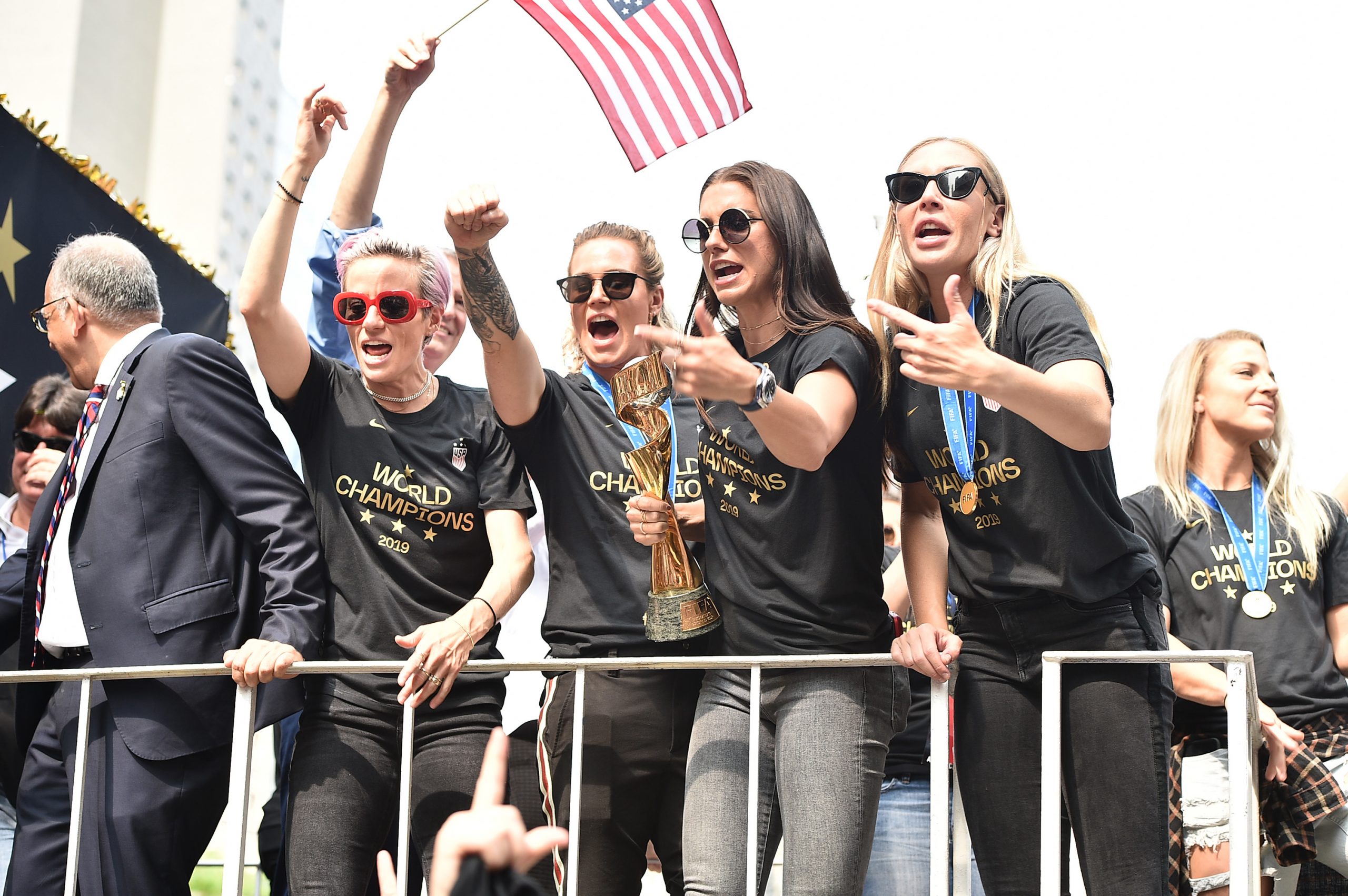Inclusion in sports signifies that all members of our diverse community, irrespective of their age, gender, culture, ethnicity, ability, or sexual orientation, get various opportunities to showcase their talent.
Diversity in sports is crucial because it opens the door to original thinking, fresh viewpoints, and exciting new possibilities.
Good sportsmanship tends to emerge as a shared value among the team members when people from different backgrounds work together. Many sports are now considering inclusivity seriously, and soccer is among them.
So many soccer teams are now committed to creating a culture of inclusivity and equity that is based primarily on mutual respect.
While it is true that no soccer association can make its members accept and appreciate one another’s diversity in religion, race, and sexual orientation, plenty can be done to encourage and foster mutual respect.
State of Things of Trans and Non-Binary Players
It certainly took some time for associations to understand the importance of diversity and inclusivity, but things are improving worldwide.
The German Football Association has actually set an example. Players who do not conform to a binary sex identity are no longer limited in any way when deciding whether to compete on a men’s or women’s squad.
Things are also improving in the UK, as many players now do not have to hide their sexual identities just to survive in the team.
The community as a whole has different ideas about transsexuality. A testament to this trend is on many of these UK trans dating sites where you can find hundreds of thousands of trans singles looking for partners. And many of them even welcome sportsmen to join their sites and spend quality time interacting with like-minded people.
Homosexual Men and Women Becoming More Common
The widespread availability of dating sites suggests more and more people are now willing to come out and embrace their sexuality. Not just in soccer, you can find homosexual men and women becoming part of other sports.
For instance, Carl Nassib is now an openly gay NFL player. NHL player Luke Prokop is also in the same league. Similarly, tennis star Billie Jean King was also outed as a lesbian.
You can even find transgender people on the court, like Renne Richards from the world of tennis. And, of course, who could forget about the soccer star Megan Rapinoe who is now an openly gay athlete?
Woman’s Soccer Has Been on the Rise in Recent Years
Speaking of inclusivity and diversity, you just cannot ignore the fact that there is an uptick in the popularity of women’s football, especially in England. It is no longer a male-dominated sport; in fact, England is going to host the Women’s Euro Cup now.
Women’s grassroots soccer participation has risen immensely quite recently. Many participants will be experiencing their first-ever contact with a soccer ball at the event. For several, the lack of women’s teams prevented them from continuing a hobby they abandoned as teenagers.
These players do not try to make soccer more like the men’s game because they are sick of being treated as outsiders to the culture.
Instead, they are making highly accepting environments for people of various races, ages, sexual orientations, and gender identities, which many players perceive as a shelter in a time when transgender rights are under threat.
Conclusion
While there is still a long way to go, folks with non-binary sexuality now get better opportunities to showcase their talent in soccer.
Women’s soccer is also growing in popularity, suggesting trans-women are now likely to have a place to express their identities while enjoying the sport they are so passionate about.

